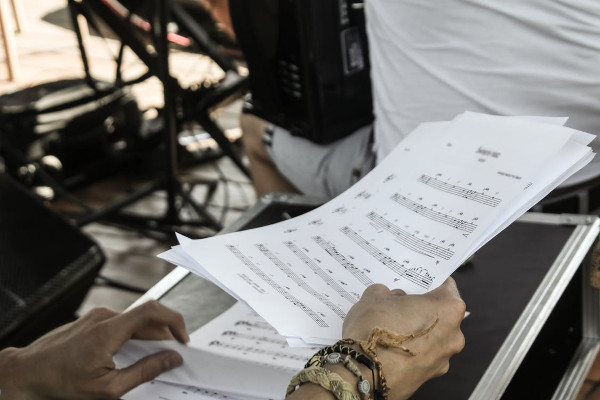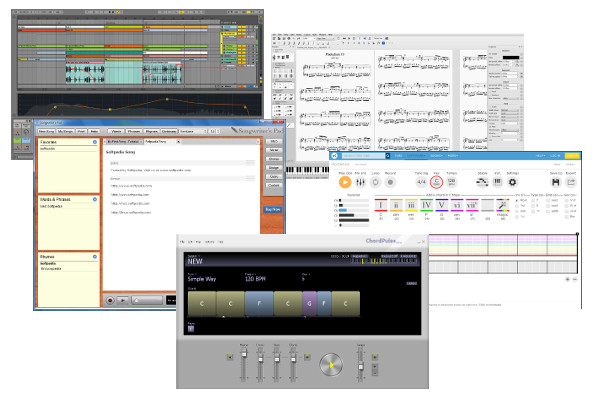A Songwriter’s Path to Conquer Fear
Have you ever strummed your guitar while daydreaming about being a successful songwriter? Are you experiencing stress and fear taking over the way you think? You are not alone, though. Let’s discuss overcoming that fear. Get your groove on the path to success by beginning now.




